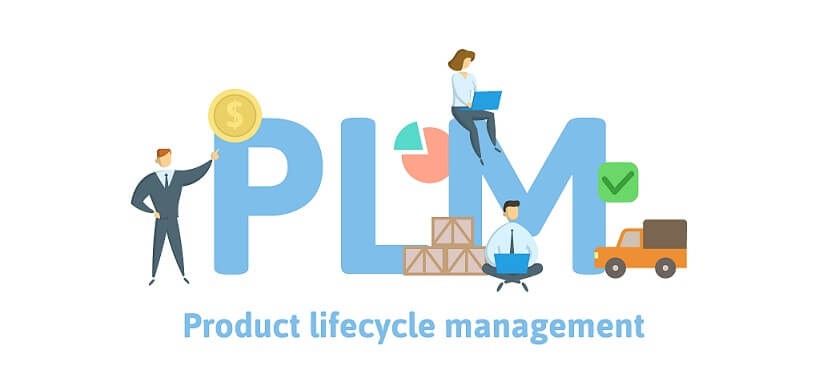Today’s consumer products have dramatically shorter life cycles than products from just twenty years ago. This is especially prevalent among consumer electronic products, which are often designed with obsolescence in mind so they don’t last longer than the next iteration. The home video player is an excellent example. The VHS machine, with its magnetic tape cassettes, was introduced in the late 1970s Then, in 1997, the DVD format revolutionized the way families enjoyed home movies, offering the convenience and quality of digital, disc-based content. The gap was 20 years! In 2007, the Blu-ray format and its associated player entered the home video market. The gap was just 10 years. Then, in 2010, the 3-D format and associated home video players, still using Blu-ray but with enhanced technology, entered the market. The gap was just 5 years. Now, with its streaming model, Netflix has completely disrupted and destroyed the entire category!
What is a Product Life Cycle and How Do You Manage It?
From a marketing perspective, a product life cycle is the period of time when a product goes through four stages – introduction, growth, maturity, and decline.
- The introduction stage occurs when a new product launches into target markets. Low competition is an intrinsic characteristic of this stage in the new product’s life cycle. The company may price the product very high to appeal to early adopters, or it may start with a lower price point meant to capture market share quickly.
- The growth stage can be slow or immediate and is the time period when the product gathers market momentum with promotions, ads, and word of mouth. It is characterized by an increase in customers and competitors to further expand the markets. For example, the iPhone showed spectacular growth within 6 months of its launch in 2007. Within a year, competitors such as LG, HTC, and Samsung launched their own iPhone-like products that have now defined the touchscreen feature of smartphones.
- The maturity stage can cover years when product sales remain constant, as the market becomes saturated with healthy competition. The only way to grow the business is to expand into foreign markets or introduce product variants to capture new demographics. For example, a cell phone that was introduced only a few months ago might feature new colors or variations in form or body style to attract new buyers and further extend its maturity stage.
- The decline stage marks the end of maturity, when product sales start to diminish for various reasons, such as better products from competitors or the emergence of new technologies.
Product Birth and Death
From a technology perspective, a product starts its life from the time technology is developed in the research and development stage, where the concept is realized into a prototype prior to being launched into the market. Depending on the extent of the innovation, product design can begin years before it is even introduced. For instance, RSP has been working with a client for over 5 years perfecting and fine-tuning a new sensor technology for consumer products.
The end stage of a product is rarely definite, such as when the last VHS player from JVC rolled out of production in 2008 – more than 10 years after the DVD started to supersede it. Many products are sold in secondary markets, which indirectly extends the product life cycle. It is also not uncommon for many of them to be sold in developing countries, which effectively extends the maturity stage of a product years after it is no longer produced and sold in developed countries.

Are you dreaming of a new product and how it will change the market? Or, maybe you’re creating a brand new market? But when it comes to executing the product, you’ve realized you need some help. And that’s where we come in.
